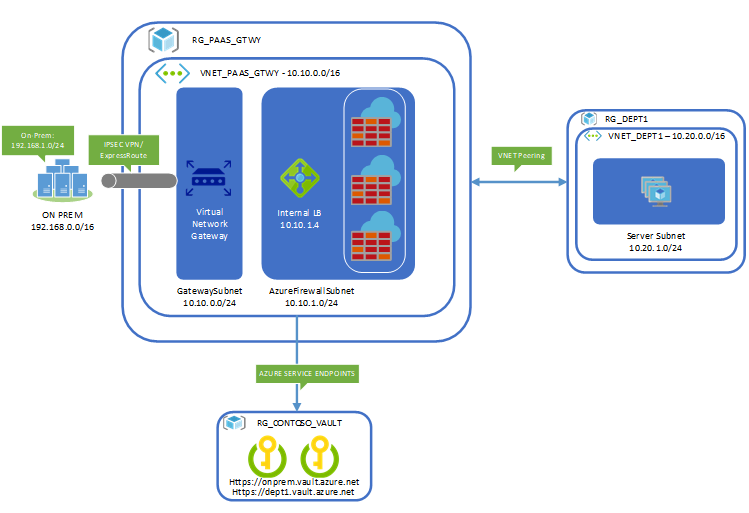Azure Internal Load Balancer (ILB) hairpin

1. Introduction As per Azure documentation - https://docs.microsoft.com/en-us/azure/load-balancer/load-balancer-overview#limitations – the Azure Internal Load Balancer default behaviour is as follows ..if an outbound flow from a VM in the backend pool attempts a flow to frontend of the internal Load Balancer in which pool it resides and is mapped back to itself, both legs of the flow don't match and the flow will fail. So , what happens if your application design requires backend pool members to make calls to the private frontend of the same load balancers they are associated with? ILB hairpin - single backend In the above example, if VM-WE-02-Web01 initiates a connection to 10.2.1.100:80 (ILB VIP) there is a 100% chance this connection will fail. If the backend pool happened to contain other VMs (E.g. backend pool with 2 instances) then there is a chance (50/50) the frontend request would get mapped, successfully, to another backend member. As shown below:...
